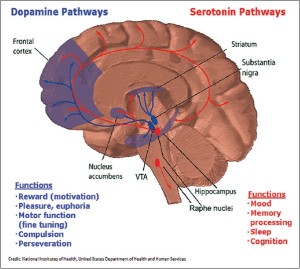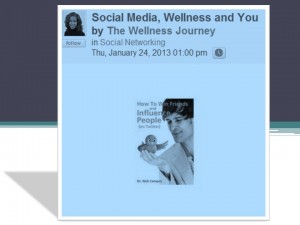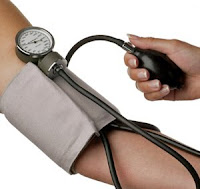 Get this: weed smokers are at an increased risk of developing peripheral arterial disease (PAD), a condition characterized by blood clots and vessel-narrowing which can lead to limb pain. Although I am certain this news won’t keep anybody from getting high, at least it may serve as some foreknowledge as to what stoners have in store for themselves.
Get this: weed smokers are at an increased risk of developing peripheral arterial disease (PAD), a condition characterized by blood clots and vessel-narrowing which can lead to limb pain. Although I am certain this news won’t keep anybody from getting high, at least it may serve as some foreknowledge as to what stoners have in store for themselves.
A recent study showed that marijuana smokers have triple the odds of developing PAD. Researchers used data from U.S. National Inpatient Samples from 2016 to 2019, and found that of the 30 million patients sampled, over 620,000 were marijuana users. Among them, more than 2.400 also had PAD.
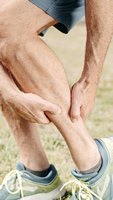 PAD is a condition in which narrowed arteries reduce blood flow to the arms or legs. The affected limb – more commonly a leg – does not receive enough blood flow to keep up with metabolic demand. The reduced blood flow leads to claudication in the leg, which is characterized by pain, cramping, and muscle fatigue. Many people suffering from PAD will have leg pain while walking, most often felt in the calf. The pain can range from mild to severe and may ultimately disrupt the ability to walk or exercise normally.
PAD is a condition in which narrowed arteries reduce blood flow to the arms or legs. The affected limb – more commonly a leg – does not receive enough blood flow to keep up with metabolic demand. The reduced blood flow leads to claudication in the leg, which is characterized by pain, cramping, and muscle fatigue. Many people suffering from PAD will have leg pain while walking, most often felt in the calf. The pain can range from mild to severe and may ultimately disrupt the ability to walk or exercise normally.
Symptoms of PAD may include:
- Coldness in the lower leg or foot relative to the other side
- Leg numbness or weakness
- Weak pulse in the legs or feet
- Painful cramping in one or both legs (hips, thighs or calf muscles) after certain activities, like walking or climbing stairs
- Shiny skin on the legs
- Skin color changes on the legs
- Slower growth of the toenails
- Sores on the toes, feet or legs that don’t heal
- Pain in arms (aching, cramping) when doing tasks involving hands (knitting, writing)
- Erectile dysfunction
- Hair loss or slower hair growth on the legs
Cannabis has in the past been linked to other cardiovascular health issues in heavy smokers. THC, for instance, is known to cause blood platelets to aggregate, thereby increasing the risk of blood clots. This can further lead to narrowing and obstruction of the arteries supplying the limbs. But both THC (the compound in marijuana that gives the high) and cannabidiol (CBD) can negatively affect the tone of the arteries, as well as stimulate brain receptors that trigger blood vessel narrowing. A 2014 study showed that smoking marijuana increased the risk for myocardial infarction (heart attack) and stroke.
 I understand weed smoking; I really do. When compared to other forms of chemical mind-alteration, it is rather benign. Alcohol makes people go loopy when done in excess (easy to do) and has quite the price to pay the next day in horrendous hangovers. Narcotics and stimulants are massively habit-forming and ultimately prevent abusers from functioning normally in day-to-day lives. Relative to these drugs, marijuana seems so mild. But that’s the danger, to think that THC’s mellow effects (relative to harder drugs and alcohol) means that it has no immediate or long-term negative consequences. That’s a huge illusion. Some of marijuana’s immediate and long-term effects (from chronic use) are:
I understand weed smoking; I really do. When compared to other forms of chemical mind-alteration, it is rather benign. Alcohol makes people go loopy when done in excess (easy to do) and has quite the price to pay the next day in horrendous hangovers. Narcotics and stimulants are massively habit-forming and ultimately prevent abusers from functioning normally in day-to-day lives. Relative to these drugs, marijuana seems so mild. But that’s the danger, to think that THC’s mellow effects (relative to harder drugs and alcohol) means that it has no immediate or long-term negative consequences. That’s a huge illusion. Some of marijuana’s immediate and long-term effects (from chronic use) are:
- Cognitive – impaired cognitive function, such as the ability to plan, organize, solve problems, make decisions, remember, and control emotions and behavior.
- Lack of motivation in some users
- Compromised brain development in adolescents
- Impaired immune function
- Erectile dysfunction and fertility problems
- Female reproductive health – negatively affect female reproductive health and result in ovulatory dysfunction, menstrual cycle irregularity, and reproductive hormones
- Gynecomastia in males (yes, man-tits)
 The latter is enough for me. The prospect of walking through life with man-titties is enough to just say no! So, like I have already said, I doubt that any of this information is going to stop the most ardent smokers of marijuana from partaking in their daily toke, but maybe, just maybe, some of you who might be questioning your once-in-a-while indulgences might see enough here to hang it up for good. You can also keep in mind that non-users of marijuana are going to generally outperform users in every capacity – physically, mentally and emotionally – and so the world is your oyster, abstainers…especially as marijuana use grows by the day. Oh well, unemployment and man titties – that’s what users have to look forward to. I’d think twice on it.
The latter is enough for me. The prospect of walking through life with man-titties is enough to just say no! So, like I have already said, I doubt that any of this information is going to stop the most ardent smokers of marijuana from partaking in their daily toke, but maybe, just maybe, some of you who might be questioning your once-in-a-while indulgences might see enough here to hang it up for good. You can also keep in mind that non-users of marijuana are going to generally outperform users in every capacity – physically, mentally and emotionally – and so the world is your oyster, abstainers…especially as marijuana use grows by the day. Oh well, unemployment and man titties – that’s what users have to look forward to. I’d think twice on it.
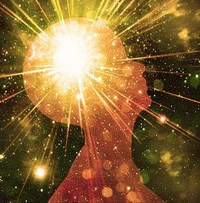




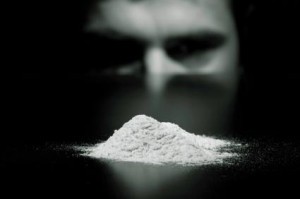
 The quest to “find” the Self can be carried out by a number of paths. One such path is meditation.
The quest to “find” the Self can be carried out by a number of paths. One such path is meditation. 